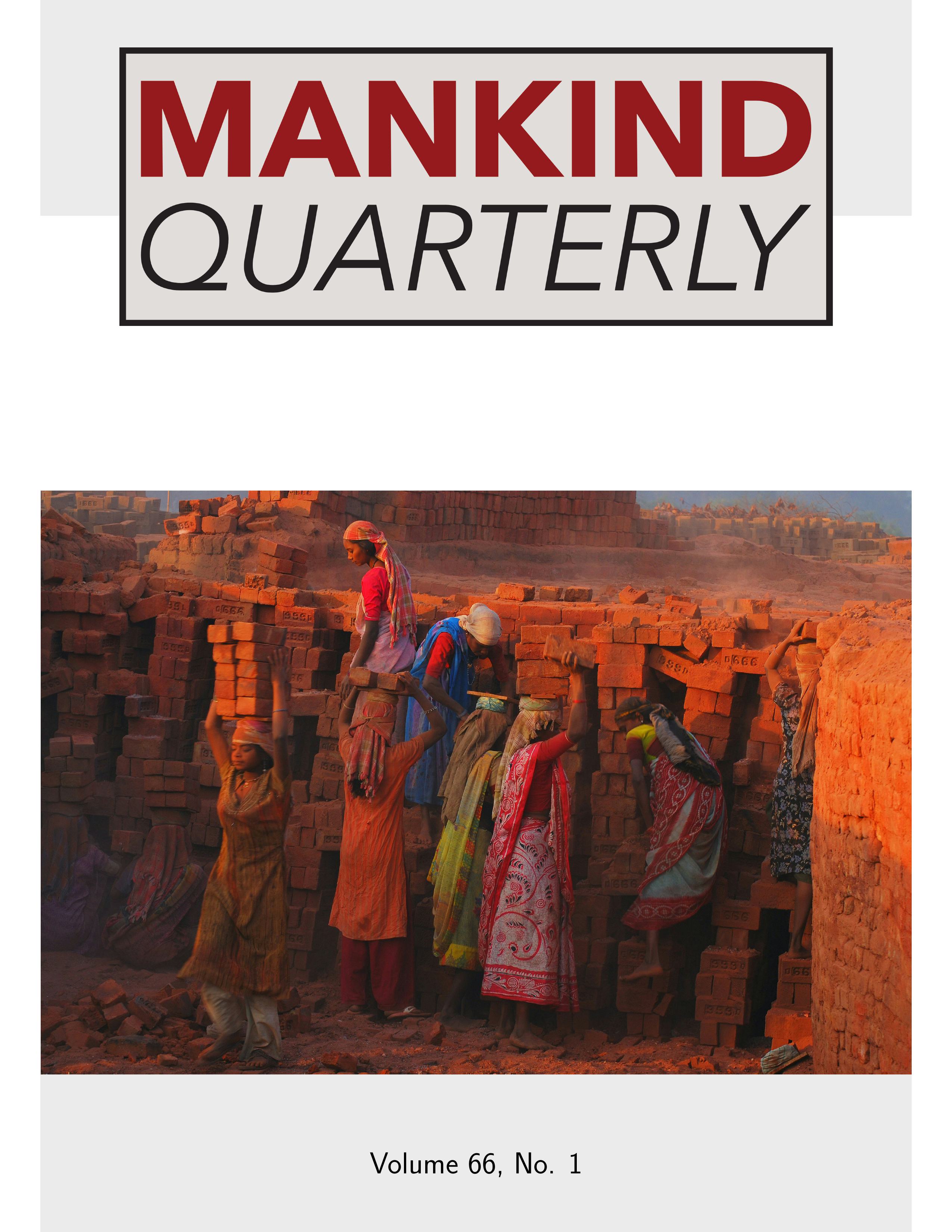Home > Archive > Volume 43, No. 4 > This paper
An Atypical Burial at the Gothic Cemetery in Maslomecz, Lublin Province
M. Krzyzanowska, J. J. Gladykowska-Rzeczycka, P. Dabrowski and M. Szostakiewicz
Published: 2003/06/01
Abstract
The history of Gothic migrations is presented, as the movements of a tribe who alone among the Germanic peoples wandered through Europe along numerous routes. Grave mounds with surrounding stones and stone circles built of irregular shaped boulders are the first traces of Goths' presence in Polish Pomerania. They are analogous to the cemetery circles of Scandinavia. Goths, who reached the Hrubieszowska basin (Fig. 1), marked circles with graves (Fig. 2) because of the lack of material (stones) in new areas for the construction of the characteristic stone circles. Skeletal burials, sometimes containing also burnt bones, partial graves, atypical circles and the lack of military grave accessories are the characteristics of Gothic burial rituals of Maslomecz - a great hole (no 427) (Fig. 2) of 400 x 180 cm dimensions, which contained two graves. The grave placed at a higher level revealed a well preserved skeleton of a 25 - 35 year-old man, while the lower grave, with traces of purposeful secondary disturbance, in a coffin, revealed an incomplete, destroyed and richly equipped skeleton of a young woman. The man, whose skeleton was atypically positioned (Fig. 4) was, according to Kokowski (1997), bound before death. He was of a medium height (about 168 cm), and rather massive body build (body mass between 65.2 and 73.0 kg). The pathological lesions caused by an open sacral bone injury or by a neoplastic process, found within the pelvic girdle, prove that he was disabled and had locomotion disorders. Also, small carietic defects, parodontosis and hypoplasia were found. Kokowski (1998a) suggests that the man was an "offering" made to the woman, who - judging by the character of her grave, its equipment and skeleton condition - must have been an exceptional person. "Sacrificial" graves are known from Gothic cemeteries of Pomerania…

